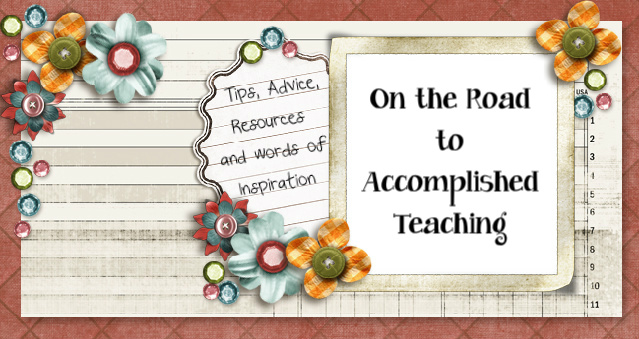The urban classroom is typically filled with students from many cultures and traditions. While this diversity can offer lots of interesting points of discussion, this same diversity can be an minefield for teachers during seasonal holiday celebrations.
Which holiday gets the primary focus? Student populations can represent many nationalities, languages, regions and traditions. So when it's time to celebrate holidays in classrooms, teachers have to determine the best way to be inclusive and welcoming to everyone.
Know Your Students
It's really important to get to know your students as early as possible during the year. Many cultural differences aren't always obvious. You need to know whether your students celebrate Halloween or are religiously opposed to it. You need to know if any of students have cultural opposition to participating in politics - if so, you may need to tailor your plans to have a mock election in your classroom. In order to get to know your students, talk to them. Use "beginning of the year" surveys that students can share anything relevant with you. If your students are very young, check with parents to get the information you need.
Create an Inclusive Classroom
The classroom is a great place to learn about traditions and cultures, in a place where children can teach each other about their backgrounds. Many teaches give students a chance to explain non-traditional holidays with their classmates. Parents can also be invited to classrooms to orient students about different holidays. If there are staff members at your school who can speak to your students, you have a built-in "speakers' bureau" that can help explain things to students in child-friendly language.
How do you address diversity issues during holiday time?
Queen Bee


